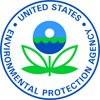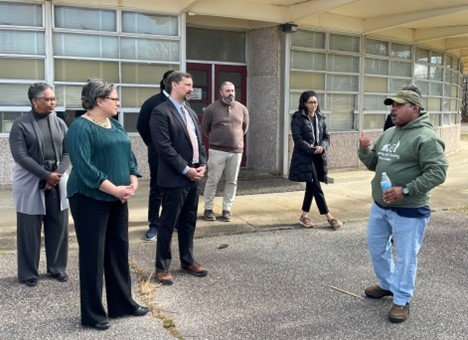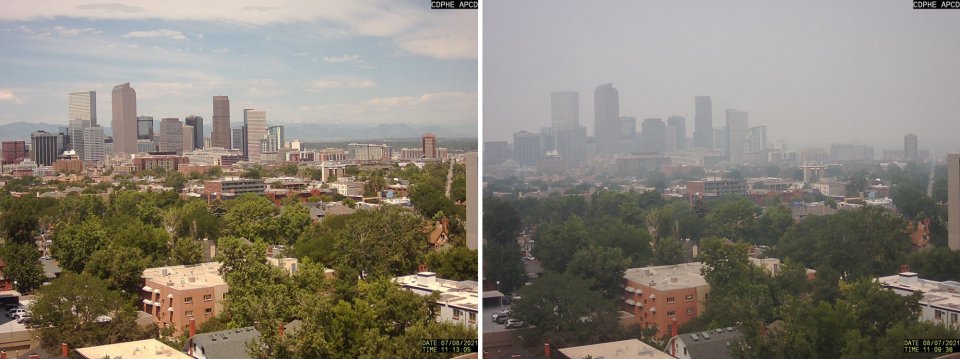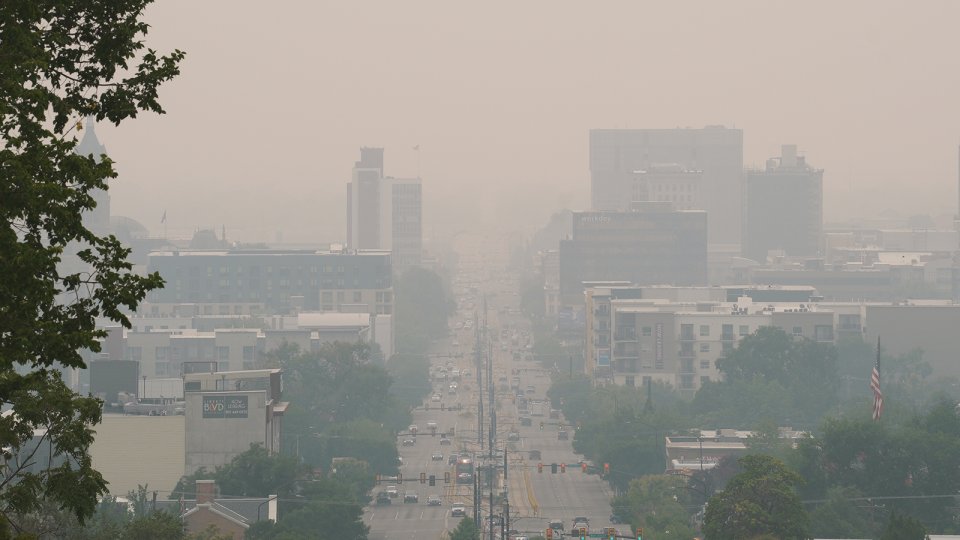WASHINGTON – Today, the U.S. Environmental Protection Agency (EPA) announced the launch of “Be EPA” Recruitment Week and new recruitment video, a dynamic recruitment campaign designed to inspire and attract the next generation of environmental professionals.
“EPA’s mission is not just a responsibility; it’s a sacred duty to our planet and future generations. In 2024, we’re setting a new benchmark. Our aim is to bring on board more than 1,000 new employees, including 350 interns, to tackle some of the most pressing environmental issues of our time,” said EPA Administrator Michael S. Regan. “From scientists to writers to program managers, we’re hiring for roles that reflect our commitment to expanding and diversifying the environmental workforce. Today, I am calling on the innovators, the visionaries, the changemakers to join us in this crucial fight to protect people and the planet here at EPA.”
Focus on Youth and Diversity
EPA’s plan includes a substantial increase in internship opportunities. Doubling our intern intake is just the beginning. We’re looking for young, energetic minds to infuse new ideas and perspectives into our work. The agency emphasizes the recruitment of graduates from diverse backgrounds, including Historically Black Colleges and Universities (HBCUs) and other minority-serving institutions, to build a workforce reflective of America’s diverse population.
Hiring Webinar and Recruitment Drive
A key element of the campaign is EPA’s hiring webinar on Feb. 7, 2024, facilitated by Deputy Administrator Janet McCabe, designed to demystify the federal hiring process, and highlight the array of career paths within EPA. The agency is also conducting a nationwide recruitment drive, targeting colleges, universities, and professional networks.
EPA’s Mission and Impact
The “Be EPA” campaign supports EPA’s critical role in implementing President Biden’s Bipartisan Infrastructure Law and the Inflation Reduction Act. These laws charge EPA with unprecedented resources and opportunities to advance environmental justice, climate action, and sustainable infrastructure. EPA’s ongoing projects under the laws include initiatives in greenhouse gas reduction, pollution control, and renewable energy development.
This campaign reinforces EPA’s long-standing commitment to environmental leadership. The agency’s staff, recognized globally for their contributions, continue to push the boundaries of environmental science and policy. The “Be EPA” campaign is a testament to this enduring legacy, inviting dedicated individuals to be part of a significant environmental mission.
About the Environmental Protection Agency
For more than 50 years, the U.S. Environmental Protection Agency has been at the forefront of environmental science, research, and education, committed to safeguarding human health and the environment. Learn more about EPA, the “Be EPA” campaign, and EPA Careers.
from EPA News Releases https://ift.tt/tljHI0x




